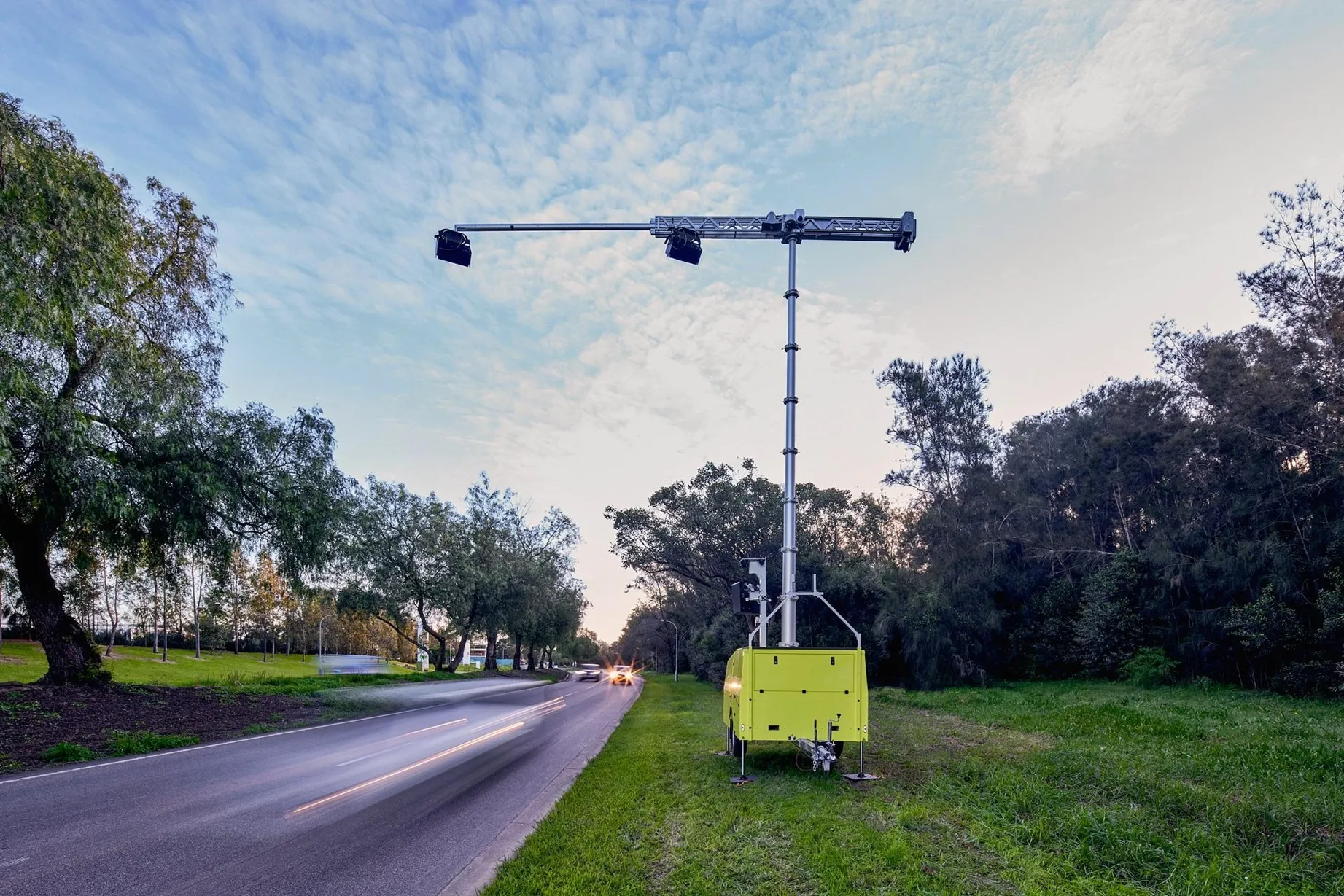Research carried out into average speed camera (ASC) effectiveness by the UK’s RAC Foundation concludes that the implementation of ASCs in the locations that have been assessed in its report has had the effect of reducing injury collisions, and especially those of a higher severity. Even taking into account other influencing factors, the report says the reductions are large and statistically significant.
Researchers analysed detailed accident data taken from 25 sites where average speed cameras were inst
October 31, 2016
Read time: 3 mins
Research carried out into average speed camera (ASC) effectiveness by the UK’s 4961 RAC Foundation concludes that the implementation of ASCs in the locations that have been assessed in its report has had the effect of reducing injury collisions, and especially those of a higher severity. Even taking into account other influencing factors, the report says the reductions are large and statistically significant.
Researchers analysed detailed accident data taken from 25 sites where average speed cameras were installed, covering almost 300km of road. They used official1837 Department for Transport collision records to create, on a month by month basis, the collision history for each site. These outputs have been used to review the effectiveness of ASCs in reducing collisions at the combined sites.
The measure used throughout the report, Average Speed Camera Effectiveness, in considering the effectiveness of ASCs is the change in injury collisions in the post-installation periods. ASC effectiveness may also be considered in terms of changes in compliance with speed limits or long-term changes in offence rates, but neither of these is considered within the scope of this study.
The main result from the analysis shows, after accounting for site selection periods and trend, a 36.4 per cent (95 per cent confidence interval: 25-46 per cent) reduction in the mean rate of fatal and serious collisions in the post-installation period. The change in personal injury collisions of all severities was less pronounced, with a 16 per cent (95 per cent confidence interval: 9-22 per cent) reduction. Both results were classified as highly statistically significant according to the analysis, meaning that they almost certainly did not arise by chance or through random variation.
Alan Prosser, of the TTC Group which educates 330,000 motorists each year and manages workplace road safety for fleet operators to cut road casualties, said that the report proved that average speed cameras had successfully reduced speed on longer stretches of busy roads leading to fewer collisions.
"Average speed cameras are extremely effective because they slow down traffic to the same speed and drivers tend to keep a safe distance from the vehicle in front,” he said. "They also reduce the number of vehicles overtaking and lane-switching at higher speeds which increases risk."
He also agreed with the report's conclusion that average speed cameras should be installed by councils, where appropriate, to increase road safety and reduce collisions.
Researchers analysed detailed accident data taken from 25 sites where average speed cameras were installed, covering almost 300km of road. They used official
The measure used throughout the report, Average Speed Camera Effectiveness, in considering the effectiveness of ASCs is the change in injury collisions in the post-installation periods. ASC effectiveness may also be considered in terms of changes in compliance with speed limits or long-term changes in offence rates, but neither of these is considered within the scope of this study.
The main result from the analysis shows, after accounting for site selection periods and trend, a 36.4 per cent (95 per cent confidence interval: 25-46 per cent) reduction in the mean rate of fatal and serious collisions in the post-installation period. The change in personal injury collisions of all severities was less pronounced, with a 16 per cent (95 per cent confidence interval: 9-22 per cent) reduction. Both results were classified as highly statistically significant according to the analysis, meaning that they almost certainly did not arise by chance or through random variation.
Alan Prosser, of the TTC Group which educates 330,000 motorists each year and manages workplace road safety for fleet operators to cut road casualties, said that the report proved that average speed cameras had successfully reduced speed on longer stretches of busy roads leading to fewer collisions.
"Average speed cameras are extremely effective because they slow down traffic to the same speed and drivers tend to keep a safe distance from the vehicle in front,” he said. "They also reduce the number of vehicles overtaking and lane-switching at higher speeds which increases risk."
He also agreed with the report's conclusion that average speed cameras should be installed by councils, where appropriate, to increase road safety and reduce collisions.










